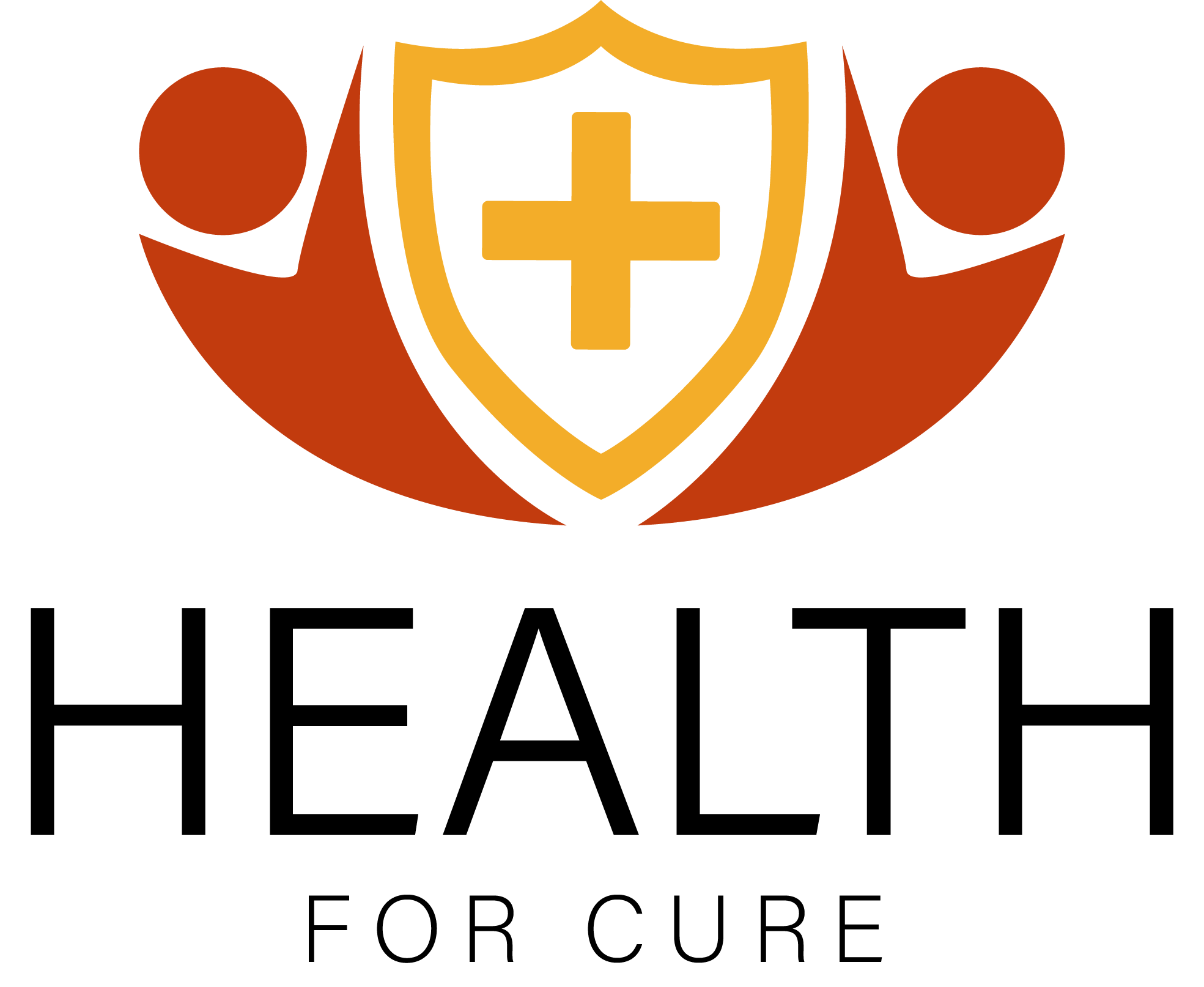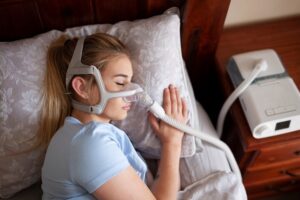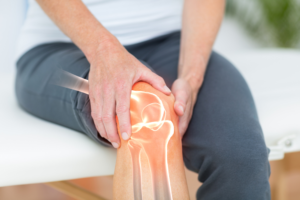Don’t Be Blinded by the Sun – 9 Essential Tips for Skincare When Sunbathing
We’ve all done it, we’ve all taken risks to achieve one of those perfect tans we see on TV or in magazines – yet, the truth is, sunbathing is probably the most dangerous thing many of us will ever do… but we still do it!!
When I began writing this piece, I meandered how to go about such an important subject piece… why? Well the truth is, sunbathing is enjoyable, sun tans are attractive and despite it’s bad press, the sun is vital to our well-being and in many cases rather good for us – but on the flip side – the facts are plain, overexposure to the sun is also extremely dangerous.
With that in mind, I’m going to point out some startling and some scary facts you should know before deciding just how important a tan is to you – but as is the nature of this site, I’ll also give you some essential guides on how to protect yourself when sun bathing.
Skin Cancer – The Facts
- There are almost 3 million new cases diagnosed in the US each year
- There are more new cases of skin cancer than breast, prostate, lung and colon cancer combined
- 1 in 5 Americans will develop skin cancer in the course of their lifetime
- Melanoma
- From 1970 to 2009, cases of melanoma have increased by 800% among young women
- One person dies of melanoma every hour (every 57 minutes)
- An estimated 76,690 new cases of invasive melanoma will be diagnosed in the US this year with an estimated 9,480 fatalities
- Melanoma accounts for less than 5% of skin cancer cases, but the vast majority of skin cancer deaths
- One or more blistering sunburns in childhood or adolescence more than double a person’s chances of developing melanoma later in life
Sun beds
- The International Agency for Research on Cancer, rank (UV) tanning devices as a Group 1 element, this group also includes plutonium and cigarettes
- Frequent tanners using new high-pressure sunlamps receive 12 times the UVA dose compared to that received from sun exposure
- Just one indoor tanning session increases chances of developing melanoma by 20%
- People who first use a tanning bed before 35 increase the risk for melanoma by 75%
- In the US, the indoor tanning industry has annual estimated revenue of $5 billion (about 2% of the $250 billion annual Melonoma treatment costs)
Ageing / sun damage
- More than 90 percent of the visible changes commonly attributed to skin ageing are caused by the sun
So there you have just some of the facts provided by skincancer.org. It’s scary reading isn’t it? So what can be done? Well, stay indoors, never holiday and wear a onesy for the rest of your life may not be all that feasible – so even for the most sun shy, here’s some genuinely useful tips for those venturing outside this summer.
1. Oil your Machine!
Using sun cream won’t stop you getting a tan! A sun block with a low SPF, will work with your body whilst preventing it from burning – as the tanning process is simply your body’s way of protecting itself from the sun. The more you slow down this process, the less likely your skin will burn and receive long-term damage.
2. Be a Tortoise not a Hare
Gradually build up the time you spend in the sun, it’s often for sunbathers to intentionally burn themselves, believing it provides a good “base” for the tan… No! Sunburn is skin damage that can lead to the serious complications already detailed. Instead, the tan should be slowly built up to lessen the potential damage.
3. Keep me covered – I’m going out
Apply your sun block before heading outside, doing so helps ensure you get to cover your entire body, guaranteeing protection all over – not forgetting your lips! Dry, chapped or blistered kissers are not an attractive look.
4. Have a Lunch break
Avoid sunbathing between noon and 3:00 as the sun is at it’s most potent during this time. Even though you may think the added intensity of the sun will improve your tan, it does nothing more than increase the likelihood of burning and, consequent skin damage. So around this time, look for shade or wear protective clothing.
5. Water is not so Cool
Spending time in the water increases your chances of getting sunburned, as the sun’s rays reflect from the water increasing exposure. Additionally, water cools the skin, hiding the potential you may be burning, so always wear a water resistant sun cream, even a low SPF block, whenever you’re in water reapplying as often as recommended.
6. It’s a Cover-Up
Hats and shirts provide extra protection, so be sure to wear them when not sunbathing in order to protect your skin from excessive amounts of sun. This is particularly important when spending time outdoors for activities like shopping, sports or gardening.
7. Don’t Fret about the Sweat
If you play sport or partake in outdoor activities which cause sweating in the summer, wear a sun block specially formulated for such events. Waterproof sun blocks are ideal for those who are outside during the summer months.
8. Summer is a Bummer
People with fair skin, people who burn easily, have freckles or a large number of moles should take extra precautions when spending time in the sun as they have a higher risk of developing skin cancer. Similarly, children under the age of 16 and individuals with a family history of skin cancer should avoid exposure to excessive amounts of sun.
9. Sensibility for the Sensitivity
If you have sensitive skin, make sure to purchase a sun block that will not irritate your skin – there are hypo-allergenic sun block’s available. If you are not sure where to look or what you need for your skin, ask the pharmacist.
So, there you have it. In a nutshell, have fun, be sensible, don’t take chances and most important of all – don’t underestimate the power of that big shiny star.




